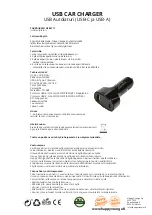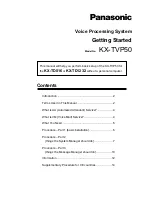
9
you select the place for gauge mounting, it is necessary to consider the
fasteners, frames, and internal baffles of the tank.
If the tank is specially shaped and has two upper levels or overflow
holes, we recommend that you install 2 fuel gauges to eliminate the
deadzones of measuring.
Clipping
To trim the sensor you need to do the following steps:
Unscrew the clamping screws on the sides of the plastic cap at
the bottom of the sensor;
Remove the plastic cap;
Measure the height of the tank and cut the probe. We
recommend making it shorter by 15-20 mm than the tank height;
Clean the cut edge from the metallic facings and burrs;
Fasten the plastic tip on the cut edge of the measuring tube;
Clamp the fixing screws on the sides of the cap.
Installation
Make a hole of small diameter in the preliminary prepared tank in
the selected place, and use a thin rod to check the presence of obstacles,
walls, humps and compression marks on the bottom.
Extend the hole to the diameter of the probe - 35 mm - using
crown milling tool or stepped drills. At the same time, make sure that the
facings and debris clog the tank to the minimum degree as possible.
Place the gauge into the hole and mark 4 points for the fastener.
Before installing the gauge, lubricate the rubber gasket on with
gas-oil resistant sealant in the marked slot and making sure that the
sealant does not come within the hole in the bottom of the gauge head.
If the gauge is fastened with rivets, it is necessary to make 7
mm diameter holes for special threaded rivets. If the gauge is fixed with
self-driving screws, they are screwed directly into the tank using a
screwdriver or a tipped drill. Detailed description of a fastener is provided
in Appendix C.
Fasteners (self-driving screws or rivets) shall be fixed to the
holes on the diagonal sides of the gauge head for the subsequent sealing.








































